This past October marked the 75th anniversary of the release of Sisters of the Gion, and that fact alone was the original reason that I chose to review the film for this week’s column – even though I missed the anniversary date itself because I chose to write about La Dolce Vita instead that week. Recognizing that the available slots for this column in 2011 are quickly winding down, I figured that now was the best time to fit it in, but in one of those happy and fascinating coincidences that occur as I simultaneously work my way through the Criterion Collection and the Eclipse Series, I found that Sisters of the Gion provided some compelling parallels with Spartacus, the 1960 film starring Kirk Douglas and directed by Stanley Kubrick, that I just reviewed in my Criterion Reflections blog last week.
I know that in so many ways, those two films are functionally diametric opposites – one, a small black & white, nearly forgotten domestic melodrama featuring a cast of mostly unknowns except to those who embrace pre-WWII Japanese cinema, the other a massive Hollywood widescreen Technicolor blockbuster that won Academy Awards and confidently advertised itself as having “the finest cast ever assembled.” Sisters of the Gion is a low-cost, hastily filmed contemporary short story, just over an hour long, that takes place mostly in small, dark interior scenes, while Spartacus is a big budget 3-hour epic with magnificent palatial sets, massive outdoor battle scenes and a scale that seeks to evoke the world-changing threat to Roman imperial power that provided the film’s basis on historical accounts. Could the two movies be any more different from each other? No, probably not, except for a common thematic element that I’ll expound upon a little further down the page.
Entitling his film Sisters of the Gion places the story in a particular place, the Gion district of Kyoto, near an old sacred shrine and quite famous as one of the most distinctive geisha districts in all Japan. The setting is modern, and its central conflict takes place essentially between two sisters, both working and living within the constructs of geisha life, who nevertheless have very different views on how to go about providing their services. Sisters of Gion is one of two pivotal works filmed by Kenji Mizoguchi in 1936 that set the course for his career from that point forward. (Click the link to read about the earlier one, Osaka Elegy. Both movies are found in Eclipse Series 13: Kenji Mizoguchi’s Fallen Women.) At that point, he had already directed over 50 films, most of them fairly short pieces beginning in the early 1920s that now exist only in fragments.
As sad as it is to contemplate the lost early works of this esteemed master of cinema, Mizoguchi himself considered those films to be mere exercises in apprenticeship, counting these two features of 1936 as the true beginnings of what he considered his lasting achievements in his chosen medium. Beside the noteworthy place that Sisters of the Gion holds in the Mizoguchi filmography, it retains lasting value as an insightful critique of Depression-era Japan and its prevailing male-dominated social structure, a risky venture at the time in a culture that was ramping up its war machine en route to a devastating campaign of imperial aggression and foreign expansionism. Though Mizoguchi never takes an overtly political stance in relating the plight of the two women at the heart of this story, he was clearly challenging many long-standing traditions and presumptions about what constituted acceptable relationships between prosperous businessmen who fueled the military-based economy and the vulnerable, financially dependent women who worked within the geisha pleasure houses in most of Japan’s major cities.
Mizoguchi opens the film with a compelling tracking shot that quickly summarizes the flow of events that we’re about to see unfold. An auction floor is filled with eager men, gesticulating frantically to signal their interest in purchasing the few remaining valuable goods of a business that’s just gone bust.
As the camera slides from left to right, we leave the hectic bidding war to see the wreckage that is strewn in its wake. In descending order of importance, after the fine vases, elegant desks and bureaus, room dividers and other aesthetic fineries are sold off and accounted for, the women in the failed businessman Shimbei Furusawa’s life are dealt with, last and apparently least.
The first to be shuffled off is Furusawa’s wife, busy with the tasks of child-rearing and household management, who has some bitter words for her disappointing husband and gets his summary brush-off in return. Their argument is brief and blunt, indicating a sense of entitlement on Shimbei’s part to ignore her pleas and selfishly attend to his own needs in the midst of this financial crisis.
The couple’s refusal to reconcile leads to the wife making a hasty retreat back to her relatives in the country, leaving Furusawa to seek some consolation from Umekichi, a woman raised to be a geisha of the meekest, most submissive sort, for whom he feels a certain degree of affection and whom he can reliably count on to put up with him as a long-term guest with little means to reward his hostess for the inconvenience. However, Umekichi doesn’t live alone. She shares her house with Omocha, the other “sister of the Gion,” who’s joined her sibling in the geisha trade for want of other viable prospects, despite her public school education and a clear desire to forge her own path in life that doesn’t rely on the indulgence of callous, hard-hearted men.
Mizoguchi economically establishes the running debate between the two women that propels the story, through dialog, wardrobe and subjective point of view shots that subtly put the audience in sympathy with the modernistic Omocha. It’s an important set of directorial choices, since its presumable that a more conventional approach to this material might have taken a more critical stance on Omocha’s scandalous hostility to what was after all a venerable and economically profitable tradition within the Gion community. While Umekichi maintains her own sympathetic side, and clearly speaks from the “go along to get along” perspective of what passed for common sense on a woman’s part in the Japanese mindset of that time, she’s shown to be repeatedly exploited by men to whom she gives her trust, only to be left on her own when consideration of her needs becomes too inconvenient for them.
Though I couldn’t find any embeddable film clips from Sisters of the Gion to include here, this scene (part 2 of 5) offers an extended sequence for you to check out if you’re curious to see how Mizoguchi goes about his work. It begins with Omocha using her charm to wheedle a badly needed elegant kimono from the stock of a naive and easily manipulated local salesman. The kimono will help her sister to secure a profitable slot as a geisha performer, which in turn allows Umekichi to connect with potential future patrons that would increase the sisters’ financial security. In this segment, Mizoguchi demonstrates his fondness and facility with the narrative ellipse, in which fairly long scenes with takes lasting two minutes or more are abruptly terminated, picking up the story at a moment when significant action has taken place off-screen, forcing the viewer to deduct from visual or audible evidence what has taken place in that very brief interval. In the sample, we leap from Omocha identifying a pattern she likes despite its lofty expense to Umekichi wearing that kimono, then to Umekichi striking up a friendly conversation with the wealthy Mr. Jurakudo only to quickly see him moments later (in screen time) drunkenly staggering to her home, nearly passing out, and finally escorted back to his place by the sharp and always calculating Omocha, who then uses her inside information to subsequently maneuver her way to Jurakudo’s more intimate acquaintance. A lot happens in a short amount of time, and by not spelling out all the details so obviously, Mizoguchi holds our attention and enhances the dramatic impact of each plot point as it occurs.
Mizoguchi’s techniques also work through various in-camera framings to create a sense of alternating contractions and expansions, reflecting the pressures of opening and closing opportunities that Omocha has to navigate through as she tries to finagle some degree of independence from the humiliating grind of geisha life. Her barely masked contempt for the men she knows will ultimately cast off and disregard women like her positions Omocha as both a hard-boiled realist and a trouble-maker who’s likely to suffer for the mischief she stirs up, undetected as it occurs for the most part. It’s hard not to join with her in feeling a sense of exhilaration as she easily seduces and cajoles her way to a slightly elevated position of material comfort and big-time connections. But her schemes are too fragile and the strength of masculine authority is too pervasive for them to bear lasting fruit.
The relatively few outdoor scenes provide moments of relief from the mostly gloomy interior environments, as well as notes of intrigue as we catch brief glimpses of old pre-war Japan. The shots are dim, short, not too revealing in this film which clearly wasn’t intended to serve as a visual document of the Kyoto cityscape, but still capable of delivering a brief burst of excitement to anyone who enjoys seeing these tantalizing pictures of scenes now lost in time.
Besides the directorial responsibilities, Mizoguchi conceived of the original story, though he turned over the screenwriting duties to a colleague. As with Osaka Elegy, the narrative spirals down to an ending that can’t be described as happy by any means, but falls short of devastating tragedy, keeping alive some hope, though no tangible assurance, that the sisters’ fortunes may turn for the better. We’re moved to empathize with the dreadful plight that geisha women are expected to put up with, when we look beyond the admittedly graceful and genteel costumes, traditions and cultural refinements that serve to rationalize what is in many respects a form of slavery. And that’s the common theme I found between Sisters of the Gion and Spartacus. Of course, the brutality and abuse with which captured Roman prisoners were treated doesn’t really compare in terms of physical pain with what’s imposed on Omocha, Umekichi and their peers. But both films document a struggle for freedom and dignity that holds universal appeal, as well as the rebellious impulses that are undeniably stoked when basic human rights of self-determination and mutual respect are systematically thwarted by a corrupt and cruel power structure. Whether it’s Spartacus leading an army of gladiators and ruffians to storm the gates of Rome, or Omocha’s much more subtle employment of feminine wiles and discreet subterfuge to make fools of men who consider themselves her superior, we see both efforts wind up in futility, at least on the surface level. Yet their resistance serves to inspire others to maintain the efforts toward justice and equality, so that the boundaries for what’s acceptable in the eyes of society are expanded toward inclusivity and liberation, with an end result of dismantling, when possible, the institutions that seek to oppress.


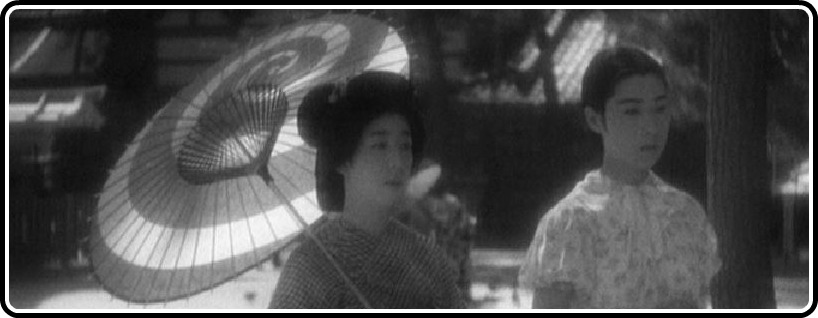









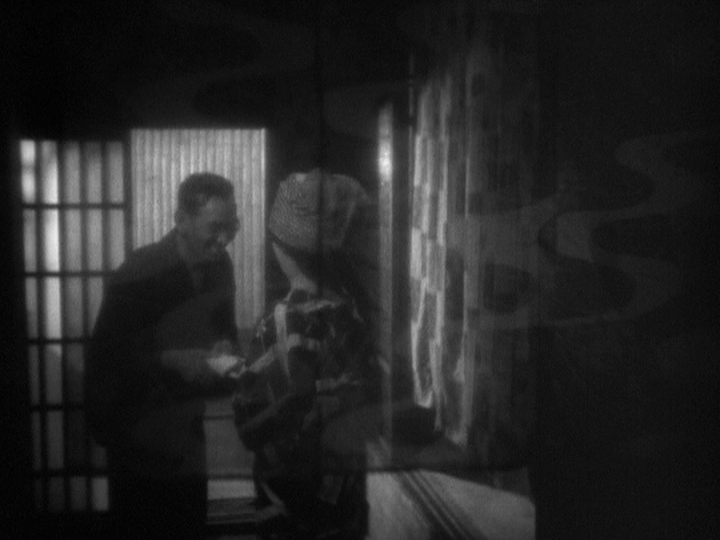

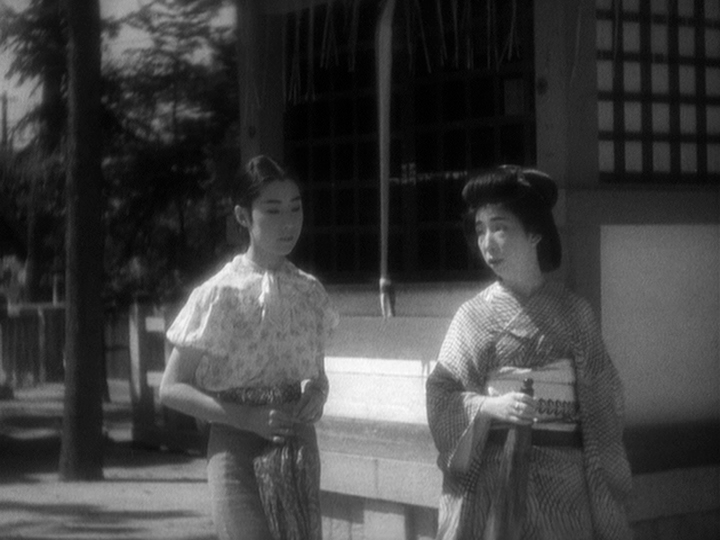





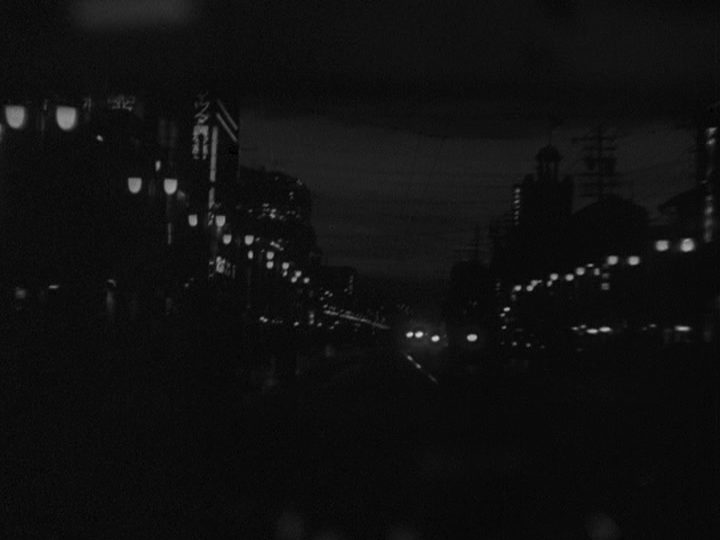
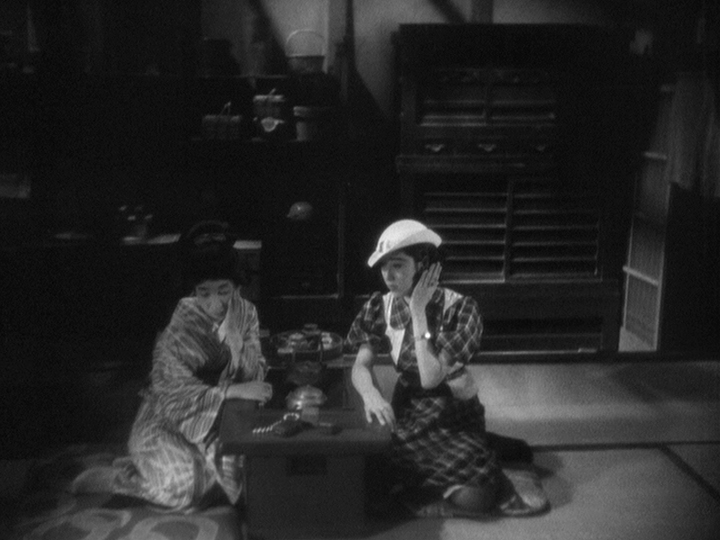




![Bergman Island (The Criterion Collection) [Blu-ray]](https://criterioncast.com/wp-content/uploads/2022/11/bergman-island-the-criterion-collection-blu-ray-400x496.jpg)
![This Is Not a Burial, It’s a Resurrection (The Criterion Collection) [Blu-ray]](https://criterioncast.com/wp-content/uploads/2022/11/this-is-not-a-burial-its-a-resurrection-the-criterion-collection-blu-ray-400x496.jpg)
![Lars von Trier's Europe Trilogy (The Criterion Collection) [The Element of Crime/Epidemic/Europa] [Blu-ray]](https://criterioncast.com/wp-content/uploads/2022/11/lars-von-triers-europe-trilogy-the-criterion-collection-the-element-of-400x496.jpg)
![Imitation of Life (The Criterion Collection) [Blu-ray]](https://criterioncast.com/wp-content/uploads/2022/11/imitation-of-life-the-criterion-collection-blu-ray-400x496.jpg)
![The Adventures of Baron Munchausen (The Criterion Collection) [4K UHD]](https://criterioncast.com/wp-content/uploads/2022/11/the-adventures-of-baron-munchausen-the-criterion-collection-4k-uhd-400x496.jpg)
![Cooley High [Criterion Collection] [Blu-ray] [1975]](https://criterioncast.com/wp-content/uploads/2022/11/cooley-high-criterion-collection-blu-ray-1975-400x496.jpg)